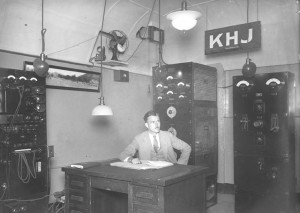We last wrote about Help A Reporter Out (HARO) in November 2008. At the time, we were using a line of 23,000 addresses. I have no idea if that was HARO honcho Peter Shankman’s number or one that came to me in a dream, but I know from observing (disclosure: and from buying ads) that HARO has grown like a weed.
What started as a Facebook group is now a lovely little site that just happens to connect 100,000 people with 30,000 journalists. Wow. You need to be one of those 100,000 if you’re not already. I’ll venture a guess that I send a client or friend a HARO listing at least 3-4 times each week. They’re appreciative 0f the chance to be a source for a media outlet, and I’m glad that someone whose skills and knowledge I trust is actually a source.
Since writing that last HARO piece, the list is now a site that lets you specify additional verticals you want to read about and has a nice web interface for managing your web account. Over a relatively short period of time, my wife has appeared in a book on working moms, I’ve been interviewed by NPR for a healthcare piece on a subject dear to me and a really terrific blogger ran another interview with me about small business ad agencies. Then there are those hundreds of referrals.
So sign up for HARO already. I have no affiliation with the site beyond finding HARO the best example of crowdsourced data sharing that ever hit the Internet. You’ll get a minimum of 3 pieces of email a day and some reporters have tight deadlines so at least skim the mail when you’re reading the rest of your email. Stacking it with other email to read on the weekend doesn’t quite work. Oh, and HARO is free for reporters and sources. Ad supported with a single tiny text ad at the top, HARO is a smart read. See you in the Sunday papers.

